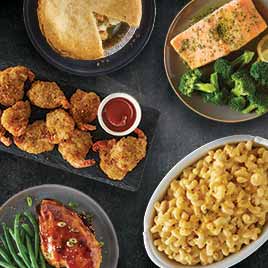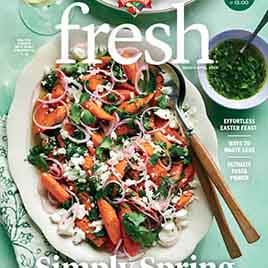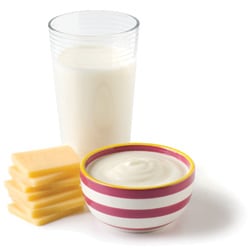Maintaining a healthy diet full of healthy foods like fruits, veggies and whole grains is important every day and, as you can see, even more important to help your body cope with the monthly challenge and stress of PMS. Here are some other ways to relieve PMS:
|
  |
||||||||||||||||||||||
loading










 Fruits and veggies
Fruits and veggies Whole grains vs. carbohydrates
Whole grains vs. carbohydrates Protein
Protein Calcium
Calcium Fat
Fat Taking charge of change
Taking charge of change Expecting a baby? Often when a woman becomes pregnant, or is trying to get pregnant, she develops a new perspective on her health. For most, this means a new or renewed interest in nutrition and healthy food choices.
Expecting a baby? Often when a woman becomes pregnant, or is trying to get pregnant, she develops a new perspective on her health. For most, this means a new or renewed interest in nutrition and healthy food choices. What is osteoporosis?
What is osteoporosis? Eat calcium
Eat calcium